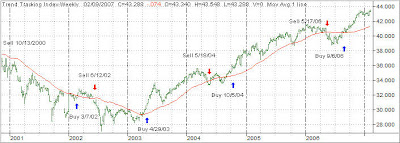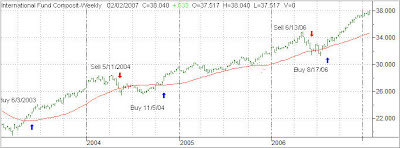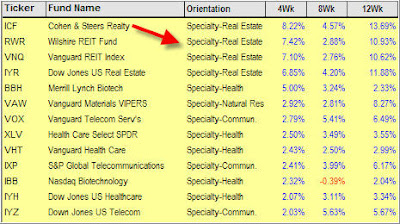With the explosion of Exchange Traded Funds (ETFs) over the past few years, there’s still some confusion among investors between the difference of buying an ETF or his close cousin, the CEF (Closed End Fund).
Unlike mutual funds, both of them are traded on stock exchanges as opposed to an open ended mutual fund, which is purchased directly from a fund company.
The main difference between the two is that ETFs represent mostly indexes while many CEFs have actively managed portfolios that allow the fund manager to adjust to changing market conditions. The fund manager’s job, in comparison to handling traditional open ended mutual funds, is made a lot easier.
How?
Since investors in traditional mutual funds can buy and sell shares at anytime, the manager has to deal with the constant inflow and outflow of money and liquidate or add to his positions during market conditions that may not be most favorable.
This can create even more of a problem in certain international markets that lack the liquidity which we are used to seeing here in the States.
With CEFs, however, the fund manager is not concerned with these issues. Once the original public offering of a closed end fund is completed, all further transactions are being handled on the secondary market. The fund manager knows exactly the size of the fund and how much money he has to work with. So he can focus on what he does best: Manage a fixed size fund to achieve the objectives as outlined in the prospectus.
Another advantage of CEFs is that they “can” trade at a discount (or at a premium) to the value of the underlying assets. This is not necessarily a reflection of performance but simply a function of supply and demand. But, before you rush out and buy any CEF that trades at a discount, be advised that they can stay at a discount for a long time.
It’s kind of like buying a new car at a discount from list price, because this model is out of favor. However, the quality or performance of that car is not impacted by the discount.
CEFs offer an advantage especially when investing internationally. As you may have found out, many conventional international mutual funds carry a sales load of some 5.75% and some are run by well know managers such as Mark Mobius from Templeton. While I personally don’t subscribe to the theory of picking a fund based on its manager, there are many investors who do.
CEFs can help you invest into funds run by such seasoned managers. For example TDF and EMF are 2 such funds that are run by Mobius and it only costs you a trading fee to buy into them (Neither I nor my clients have any holdings in those funds).
With all of these benefits, are there any disadvantages to using CEFs vs. ETFs?
First, both should be used when appropriate. Second, while ETFs have low annual fees of around 0.4%, expect to pay around 1.5% for CEFs, just like regular mutual funds. They are actively managed and therefore carry higher annual expense ratios.
Both, ETFs and CEFs have a place in an investor’s portfolio. Given the all too stringent holding and trading requirements of conventional mutual funds, ETFS and CEFS will gain more favor as investors understand and learn how to use them as a viable alternative.







